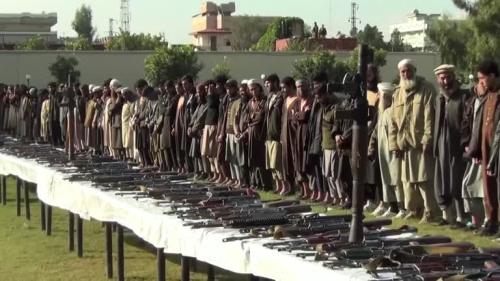Revised November 28, 2001. The author would like to thank Sandip Sukhtankar for his able assistance.
The terrorist attack of September 11th raised important questions about what may lie ahead for the world oil market and what it could mean for the U.S. economy. On three occasions in the past—the first two OPEC price shocks in the mid and late 1970’s and the Gulf War at the start of the 1990’s—trouble in the Middle East led to higher oil prices.
The map of world oil supply has changed noticeably since the mid 1970s, with important new sources of supply coming on stream from the North Sea, Mexico, China, Alaska, and elsewhere. Most recently Russian production, which fell by half after the breakdown of the former Soviet Union, has started to rise and is projected to continue rising for years. Russia is already the world’s third largest producer and second largest exporter of oil. Yet the Persian Gulf producers led by Saudi Arabia still account for over a quarter of the world’s oil supply and continue to be the key to the market.
The position of the United States in the oil market has gradually changed over time (table A). Its oil use leveled off during the 1980’s as consumption responded to conservation measures and to the higher prices at the start of the decade. By contrast, U.S. consumption rose 16 percent over the following decade. U.S. oil production declined slowly and its share of world production fell to below 12 percent in 2000 from near 24 percent in 1970. As a result of these different trends in consumption and production, imports have risen substantially and now provide half the U.S. oil supply.
The Brookings Institution is committed to quality, independence, and impact.
We are supported by a diverse array of funders. In line with our values and policies, each Brookings publication represents the sole views of its author(s).



